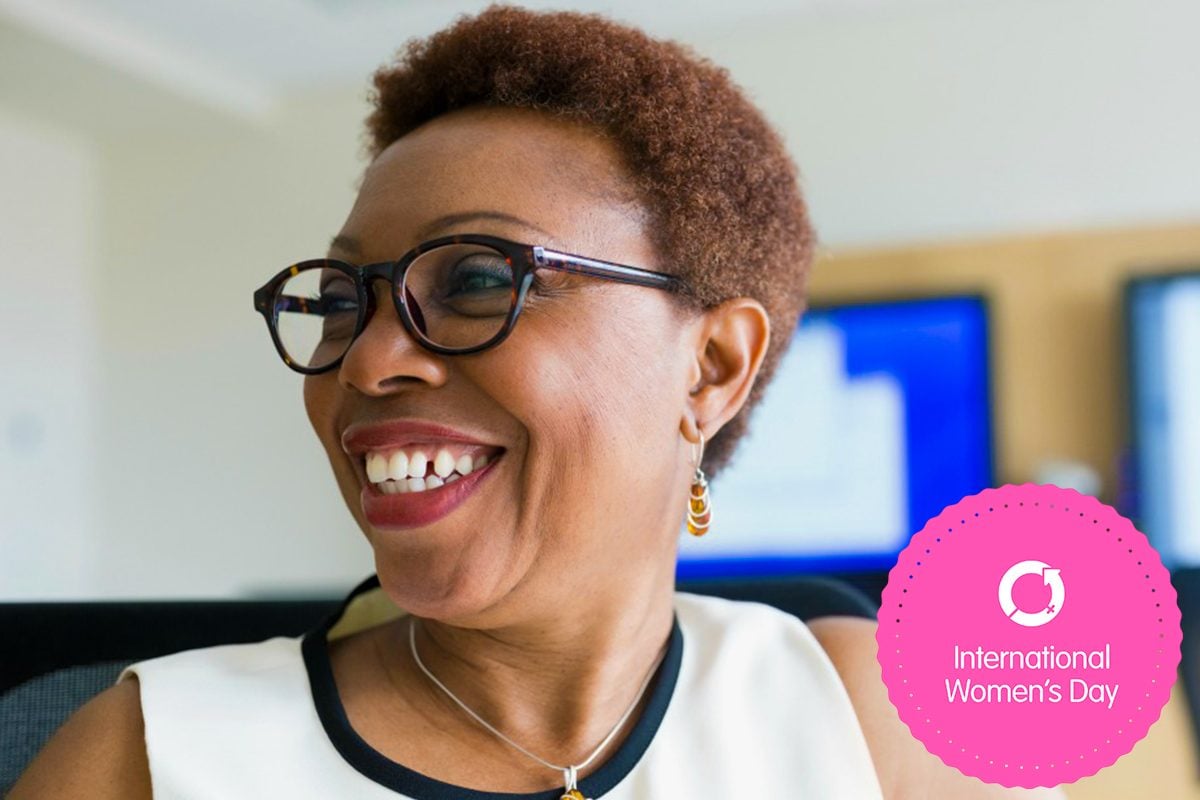
The theme of International Women’s Day 2019 on March 9 is Balance for Better. But gender balance isn’t a women’s issue; it’s an issue for businesses, for organisations, for governments. Because the evidence is clear: financial empowerment for women benefits all of us. It helps economies grow and communities thrive.
Yet it seems we’re struggling to catch on. According to United Nations Women, there are 2.7 billion women globally who are legally restricted from having the same choice of jobs as men. In fact, of 189 economies the organisation examined in 2018:
- 104 still have laws barring women from specific jobs;
- 59 have no laws on sexual harassment in the workplace;
- 18 allow husbands to legally prevent their wives from working.
- And let’s not forget the global gender pay gap, which means women earn 77 per cent of the wage paid to a bloke for equivalent work.
Thankfully, there are some countries working to balance the scales. They’re ones that have recognised the social and economic benefits of improving employment opportunities and conditions for women, and have taken the steps to make it happen.
PricewaterhouseCoopers’ Women in Work Index assessed the welfare and representation of women in the workplace across 33 OECD countries. Based on its analysis of factors, including equality of earnings, access employment opportunities and job security, it found that these are the five best places to be a working woman…
